While Kuwaitis are concerned about being outnumbered by foreigners 2 to 1 in their own country, the big divide in Bahrain is more about religion than citizenship. Bahrainis are only slightly outnumbered by foreigners, but all the power in the country in is the hands of the Sunni muslims while Bahrain – an exception on the Arabic Peninsula – is a majority Shi’ite country. So while Kuwait “forces” young men to serve in the Army and Police to keep these institutions “national”, the Bahraini regime recruits large numbers of Pakistani and other Sunnis to serve in its security forces. I say power is in the hands of the Sunnis, but really it’s in the hands of the Khalifa family. Wikipedia has a page listing the public offices held by members of the family. Basically, they hold all positions of power
A few censored graffitis is the only sight of dissent I saw during my visit, but the ongoing uprising was much more intense two years ago, when the mighty Bahraini security forces had to request military assistance from Saudi Arabia, because shooting unarmed civilians was proving to be too challenging a task for them.
While Bahrain is safe at the moment and free of Saudi troops, several sources told me to be very careful around Saudi drivers. Apparently they drive like maniacs and follow Saudi road rules in Bahrain, which apparently doesn’t work. After my transportation difficulties in Kuwait, I chose to rent a car in Bahrain. Because of this, I got to see a lot more of the country, but I also have few pictures to share, since I was busy driving and the roads are rarely designed to allow you to safely pull-over. And except for this time, I try not to take pictures while driving!
If you ever decide to drive in Bahrein, I will give you one piece of advice: you NEED a GPS. I thought I could easily find my way in this tiny country, and as a result I spent a lot of time going in circles and almost missed my flight to Qatar. The problem is that while the roads are excellent, they are not intuitive at all. Often I could literally see the building where I wanted to go, but couldn’t figure out how to get there! Typically, to get to the building 200 m away, you have to get on the highway, drive a kilometre, then get on this loopy ramp which brings you to the other side, then take a boulevard which goes around behind the building you are trying to reach, and then you get to the entrance. It works, but it’s impossible to guess and there are very few useful signs. Outside Manama driving without a GPS is easy. Another small tip, learn to read the Arabic words for “regular” and “supreme”, I put supreme in the rental car by mistake, which cost me a whopping 27 cents a litre instead of the normal price of 21 cents for regular. The funny thing is that a lot of Bahrainis don’t buy this fuel at all, they cross into Saudi Arabia, where it is apparently much cheaper! Ah, the shock I will feel next time I buy fuel in Canada…
The reason I drove outside Manama was to get to the single thing that puts Bahrain on the international map, the Bahrain F1 Grand Prix. Everyday at 10:00 (and maybe in the afternoon also), you can book a tour of the grounds, including a drive around the track. It starts at this store/visitor centre tent, where I met an actual Bahraini citizen who would take me on the tour (that would not happen in Kuwait!).
From the roof of the VIP viewing tower, you see the massive scale of what was built here less than 10 years ago. In the centre, the team’s offices (on the left), and the garages (on the right).
And here is the circuit:
The media centre is massive, with room for 500 journalists. It often gets rented out for conferences, training events, etc. The Bahrain university, which is adjacent to the racetrack, also uses it.
My guide, on the phone with his boss in the race control room. I felt quite important, as I was the only person on the tour. Not bad for $17.
For fans interested in knowing who gets to sit in the control room.
Bahrain is home to one UNESCO World Heritage site, the Qal’at al-Bahrain, better known as the Bahrain Fort. From what I understood, the main cultural importance of the site is due to the fact that some sort of fort has existed there since 2,300 BC. Therefore, through its long history, the fort has produced layer upon layer of archaeological history.
From the very old and not too good looking, belonging to civilizations I had never heard of, like the Kassites, who ruled Babylonia in the 16 Century BC.
To the more recent Portuguese upgrades, recently renovated by the Bahraini with the help of French archaeologists.
From the top of the fort, soldiers would have looked at a few fishing villages, and the endless desert. Not quite the case now!
This underground room is very interesting. Its purpose it to extract juice from dates. The fruits would be pilled high in the room and weights were placed upon them. For the following weeks, the combination of gravity and the rotting of the fruits would allow the juice to drip out and collect in the pit you see next to the stairs. This juice was a very valuable delicacy which would be exported all the way to China.
If archaeology is not your thing, the museum’s cafe is a great place to enjoy a salad by the sea.
And watch the birds go crazy. The other main attraction in Bahrain is the National Museum, opened in 1988. It features a collection of archeological finds and a large ethnographic exhibit focusing on pre-1932 Bahrain, i.e. pre-oil.
I don’t know much about 1920’s Bahrain, but I’m sure glad I didn’t attend school back then. Look at the last sentence.
I tend to find mock-ups a little lame in museums, but here they really put in the effort, recreating entire streets. Authentic to the last detail, they are very narrow, which makes it very difficult to take pictures!
Before oil, the wealth of Bahrain – and several of its neighbours – came from pearls. In the 1920s, the Japanese introduced farmed pearls to the world market and completely collapsed the industry. Oil definitely came at the right time for Bahrain.
A picture collection shows both the incredible pace of development of the country, and the massive land reclamation work done in the last few decades. Look for the thin red lines on the right to see all the land built out of the ocean.
Bahrein is covered with tens of thousands of burial mounds like this one (obviously excavated). They date back to the Dilmun civilization (24th Century BC), and spread over many centuries after that. There is a proposal to make it Bahrain’s second UNESCO Heritage Site. Although I had a car to get to them, in all honesty the pictures I saw on the internet didn’t look very exciting. Basically, bumps on the ground.
So after Kuwait, Bahrain, another country that sees few tourists, especially if you discount tourists from other Arabian Peninsula countries. What can I say? It was nice to talk to actual Bahrainis. They seem more present in the workforce than Kuwaitis, but that doesn’t change the fact that the neighbourhood where my hotel was looked a lot like India, with few Arabs to be seen. Manama is built for cars, the sites I visited were nice, everything is expensive except fuel, you can import alcohol as a tourist but you can’t buy it there, and most people come from somewhere else. In a nutshell, an interesting place to transit in for 24-48h on a Gulf Air flight to somewhere else.
#Bahrain

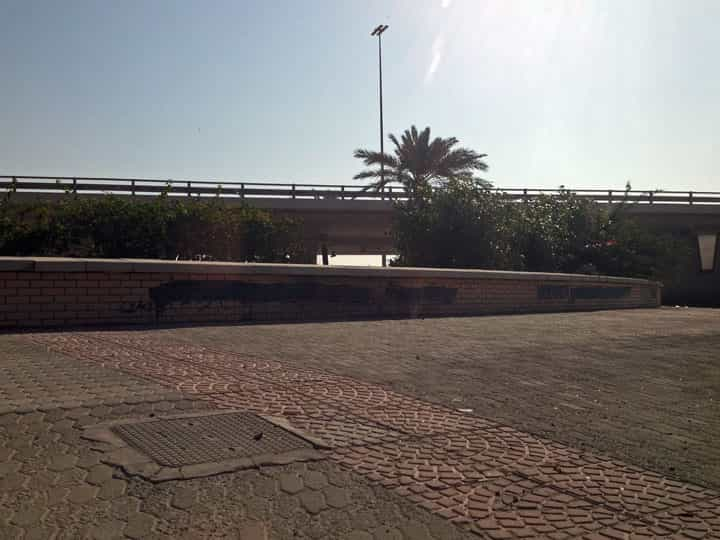
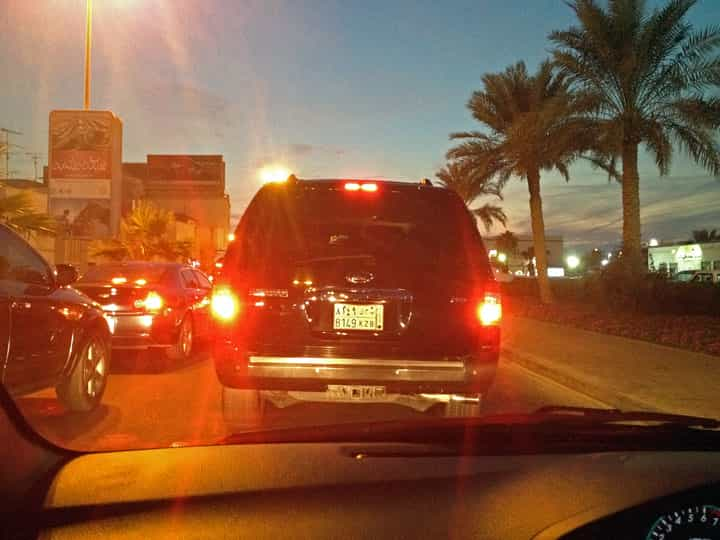


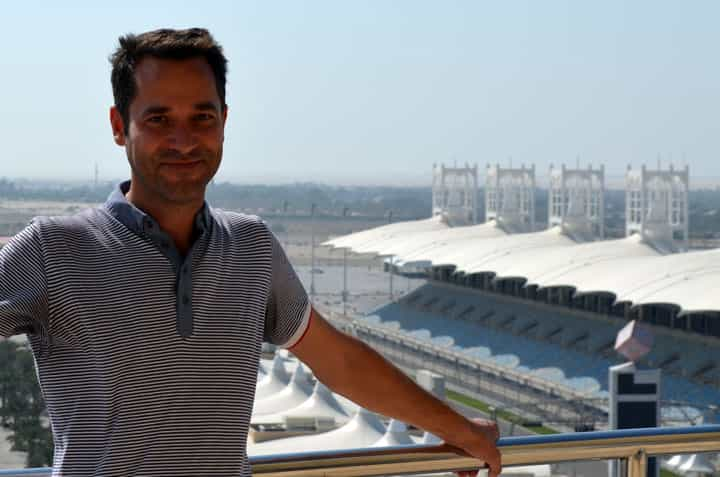
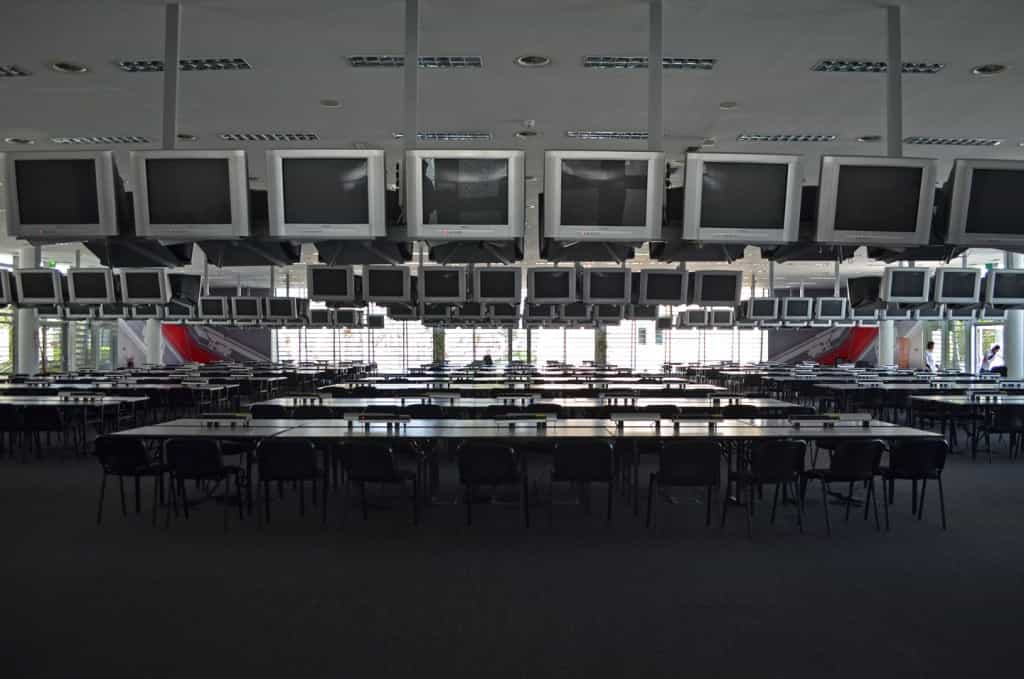


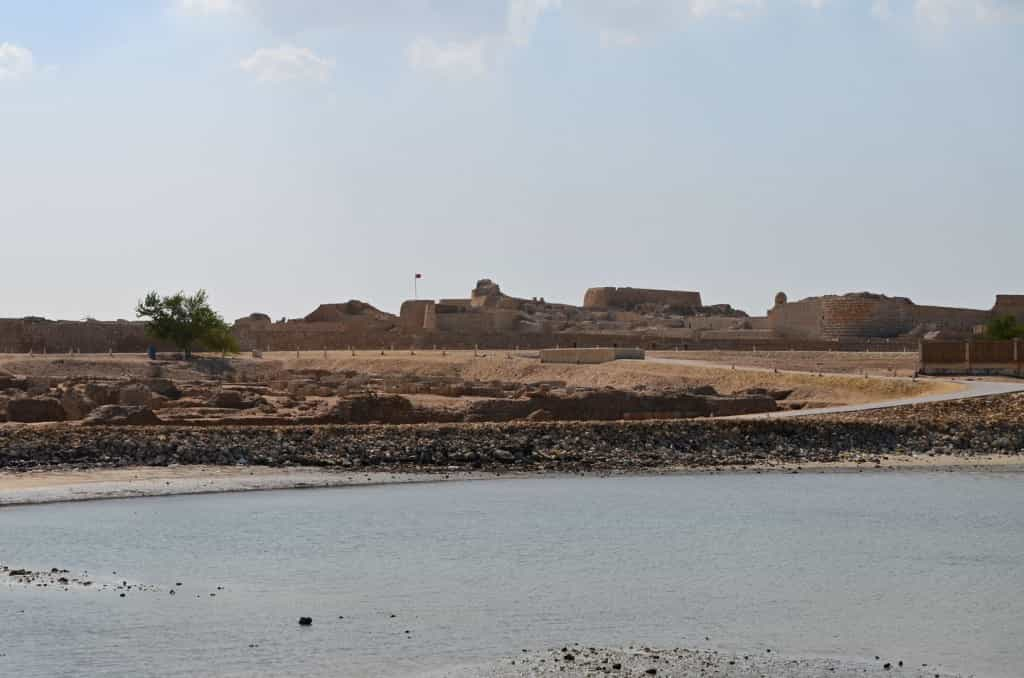




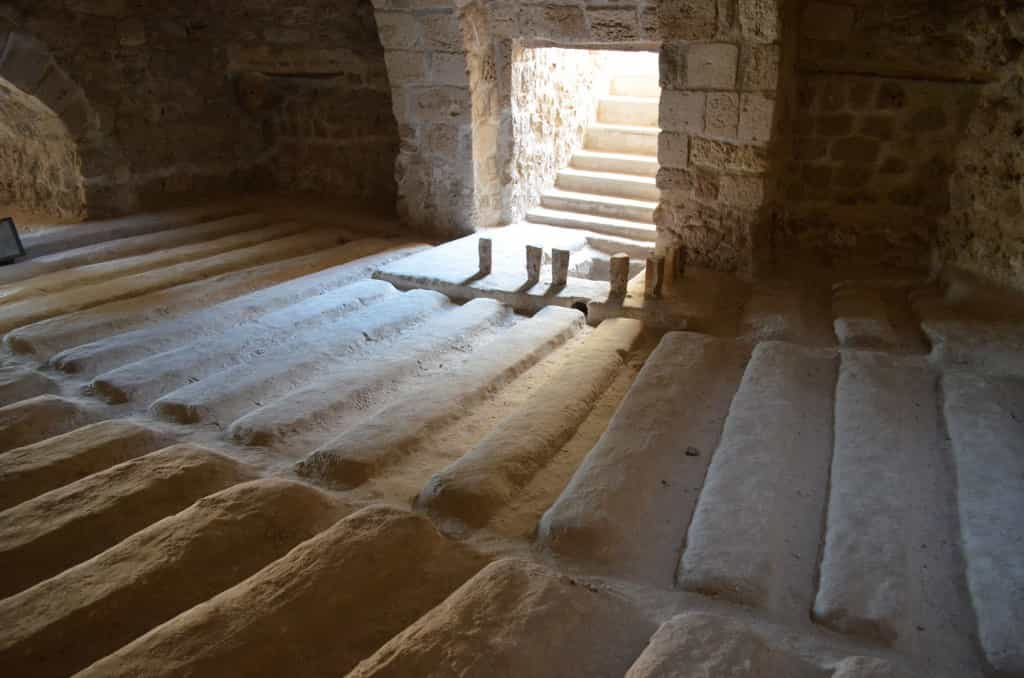
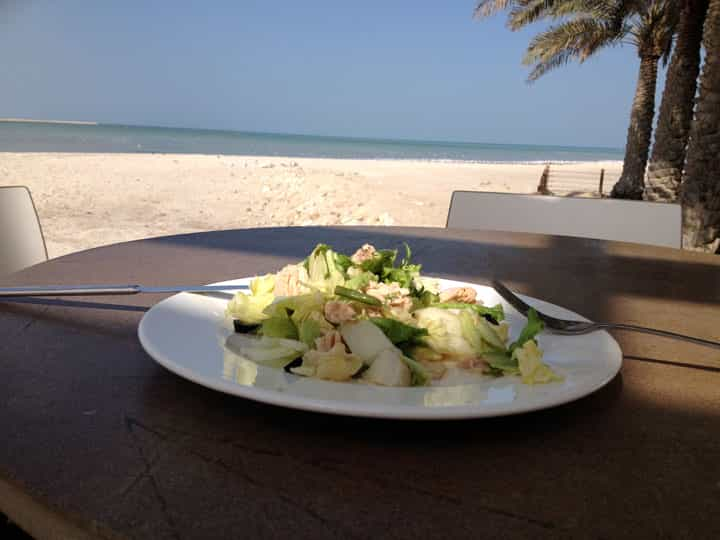
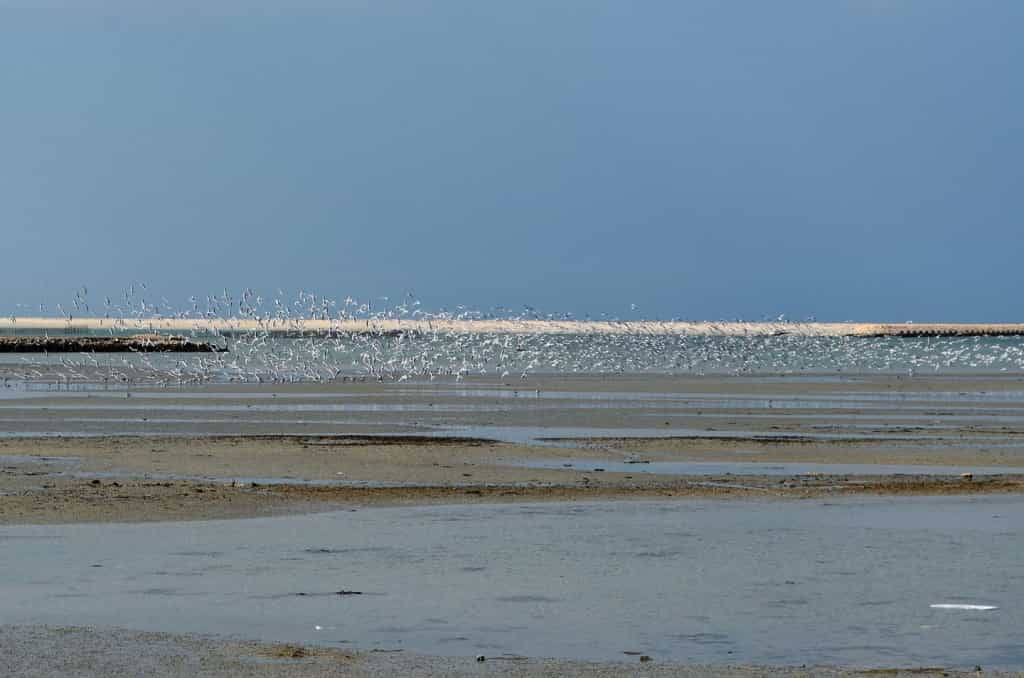




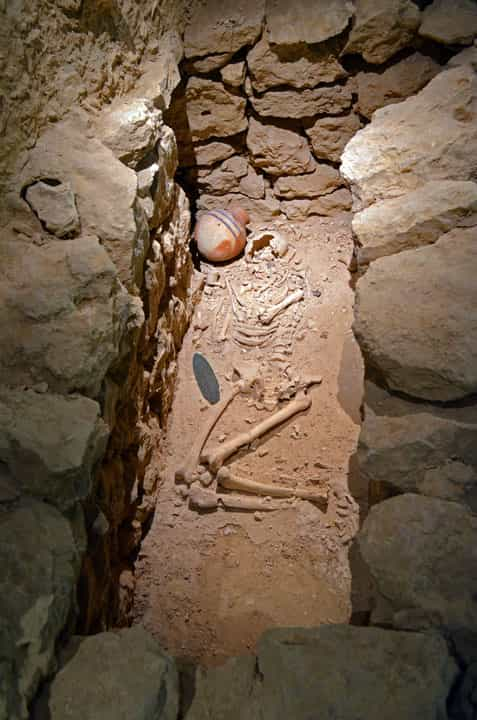
very interesting